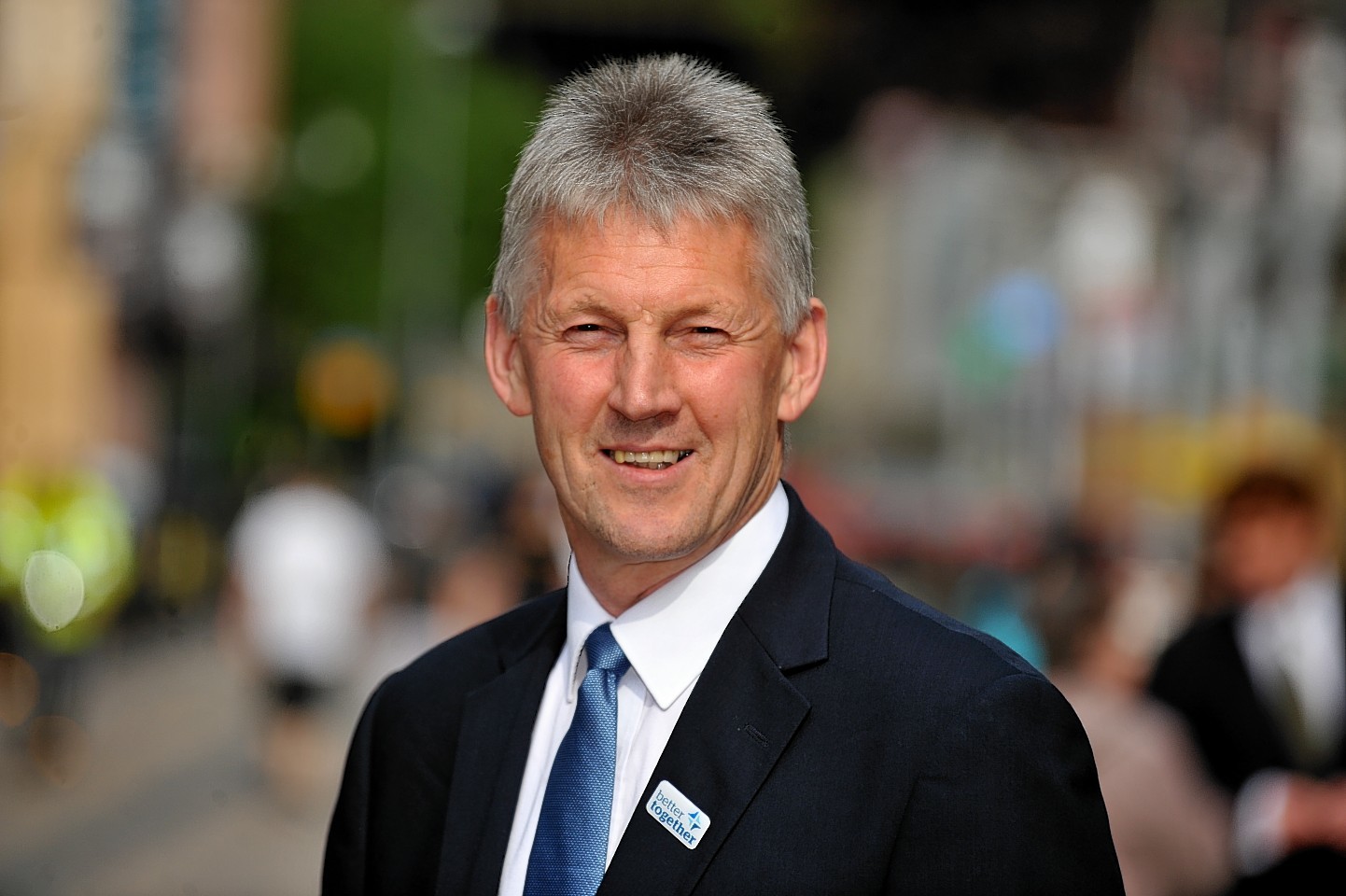At the beginning of May the European Commission announced their new budget for 2020-2027 and it is clear that EU farmers will pay the price for the financial black hole left by Brexit.
Commissioner Hogan tried to give it a positive spin claiming the CAP budget cut was less than 5% in cash terms but when you look more closely at the figures they tell a different story.
According to leading expert Professor Alan Mathews of Trinity College Dublin the real term cut (taking account of inflation) is nearly 15% with Rural Development taking a whacking 26% hit and Direct Payments cut by 11%.
Indeed if you look at the CAP share of total EU spending it will fall from 45% of the EU budget in 2007 to less than 30% by 2027.
Of course, the publication of the CAP budget fires the starting gun on the next CAP reform and as usual the acrimonious debate between the Green NGOs who want the CAP to pay farmers for delivering environmental services and the farm unions who want it to focus on food production will now kick off.
One of Hogan’s key proposals is to cap farm payments at £52,000 per farm which by happy coincidence has little impact in his native Ireland where farm payments average only £10,600 per farm. Capping of EU farm payments was opposed by EU countries with big farms.
The UK was especially hostile arguing it would hit our most efficient producers hardest and leave them at a competitive disadvantage.
It is therefore deeply ironic that post Brexit, the UK Government plans to embrace the capping of farm payments and has delighted the Green NGOs by promising public money for public goods in their Green Brexit.
In the DEFRA Health and Harmony consultation document the UK Government promises to introduce capping after 2019. The target is to take £150 million from direct payments in the first year and use the cash to fund new agri-environment schemes.
During the transition period which Michael Gove hinted might end in 2024, direct payments will reduce to zero as support is switched to environmental payments.
Two different approaches are suggested.
The first option is a straight cap on farm payments above £100,000. The second is a degressive payment system that starts with a 5% cut to payments above £25000 and then rising in steps to a 75% cut in payments above £200,000.
Of course this only applies to English farmers but Welsh ministers have announced they are heading down a similar road.
For Scottish farmers the question is will capping apply to my farm?
Talking to farmers there is a real sense of anger and frustration building in the farming community.
Personally I think capping is inevitable. Why? quite simply the bad headlines generated by huge CAP payments still being paid out in Scotland to the likes of Buccleuch Estates and others will see Scottish Government quickly scrambling to follow suit.
- George Lyon is a former Liberal Democrat MEP. He works as a senior consultant for Hume Brophy and sits on the board of levy body organisation AHDB
